Lintnerova, E, Shaw, C, Keys, M, Brownlee, C and Modepalli, V 2025 Plant-like heliotropism in a photosymbiotic animal. Journal of Experimental Biology, 228 (3). 10.1242/jeb.247651
Full text not available from this repository.Abstract/Summary
As in plants, photosynthesis also represents a key energy source in photosymbiotic cnidarians bearing microalgae. We observed that the cnidarian sea anemone Anemonia viridis, commonly known as the snakelocks anemone, displayed heliotropism or solar tracking in their natural habitats. When exposed to sunlight, A. viridis point their tentacles towards the sun while remaining sessile, facing east at dawn and west at dusk as they track the sun's relative position through the day. This phenomenon was previously only observed in plants. Solar tracking movements in A. viridis are driven by peak wavelengths that prompt photosynthesis in their endosymbionts. The heliotropic response was absent in both bleached (aposymbiotic) A. viridis and in symbiotic A. viridis with chemically inhibited photosynthesis. We revealed a direct correlation between heliotropism and symbiont oxygen production in A. viridis and showed how photosymbiotic A. viridis utilises this mechanism to modulate exposure to solar irradiation. Our study exemplifies how photosynthetic organisms such as plants and symbiotic sea anemones, display similar behaviour in response to similar environmental pressures
| Item Type: | Publication - Article |
|---|---|
| Additional Keywords: | cnidarians, symbiosis, zooxanthellae, heliotropism, solar tracking |
| Subjects: | Biology Marine Sciences |
| Divisions: | Marine Biological Association of the UK > Marine Microbiome Marine Biological Association of the UK > Other (MBA) |
| Depositing User: | Ms Kristina Hixon |
| Date made live: | 20 Feb 2025 11:04 |
| Last Modified: | 20 Feb 2025 11:04 |
| URI: | https://plymsea.ac.uk/id/eprint/10375 |
Actions (login required)
 |
View Item |


 Lists
Lists Lists
Lists